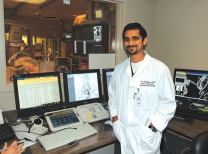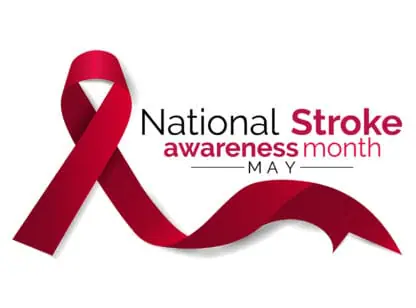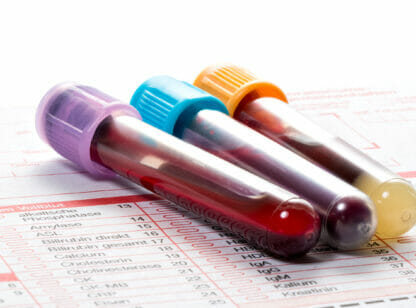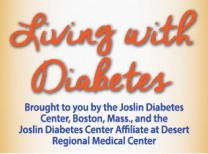
3D image of an actual patient’s heart taken with advanced CT technology
Coronary artery disease is the accumulation of atherosclerotic plaque within the walls of the arteries that supply the heart with oxygen and nutrients. This disease is the leading cause of death for men and women worldwide (especially postmenopausal women). When plaque ruptures in a coronary artery it can lead to a heart attack.
Plaque is the buildup of cholesterol and other debris, and inflammation within and along the wall of the arteries. Stenosis occurs when plaque narrows the artery and restricts blood flow to the heart. Over time, the reduced blood flow leads to patients suffering from tightness or pain in the chest called angina. Soft plaque is the “silent killer” as it is hidden inside the artery walls and can cause sudden death if it ruptures. Plaque rupture is responsible for up to 75% of acute coronary events including sudden cardiac death.
Traditionally, a cardiologist would perform a coronary angiogram (also known as a cardiac catheterization or catheter angiogram) to check for blockages. In this test, a long slender tube (catheter) is inserted through a blood vessel in the groin into the heart. A small amount of dye is injected through the catheter so that an x-ray can take images of your heart. These images are what the doctor uses to identify blockages in the arteries. If blockages are found, the doctor will use the catheter to insert a balloon to open up the artery and a stent to keep the artery open.
Coronary catheter angiograms are useful in identifying plaques that cause stenosis; however, they often miss the soft plaque that is building inside the artery wall which is a more frequent killer than stenosis due to plaque. Catheter angiograms are also invasive with patients needing to be sedated during the procedure. The procedure takes approximately 30 minutes, but the patient will need several additional hours for preparation and recovery.
An alternative to a traditional coronary catheter angiogram is the CT coronary angiogram (CTA).
A CT coronary angiogram uses advanced CT technology to obtain high-resolution, three-dimensional images of the heart and coronary arteries. These images show both hard and soft plaque in the arteries. Specially trained radiologists review the images to determine areas that are high risk to the patient. This test is completely non-invasive for the patient. Patients will have a small amount of dye or contrast administered through an IV, and then a 10 second breath hold is all that is needed to capture the images. The entire exam is completed in 20 minutes.
A useful tool for identifying, or ruling out, coronary artery disease, the CT coronary angiogram is also used in:
- Early detection of stenosis in asymptomatic patients
- Exclusion of coronary artery disease in low and intermediate risk patients, and as a screening exam before non-cardiac surgeries
- Clarifying inconclusive nuclear medicine cardiac stress tests
- Determining if stents are in place and still open
Not all CT’s are capable of performing this exam. Currently, a CT scanner must be at least 64-slice (or detector row) and ideally be equipped with software that minimizes the amount of radiation necessary to acquire clear and detailed images.
Patients who would benefit the most from this study:
- Have a family history of cardiovascular disease
- Male over 40 or postmenopausal women
- Are diagnosed with hypertension or diabetes mellitus
- Have a history of smoking or obesity
The additional benefits of a CT coronary angiogram are:
- 80% less radiation than a nuclear cardiac stress test
- 70% less radiation than a coronary catheter angiogram and no risk of stroke
- 98% of the coronary arteries, as small as 1.5 mm in diameter, can be visualized
With normal results from a CT coronary angiogram study, you can be 99% sure that you do not have coronary artery disease that may cause a heart attack.
Dr. John F. Feller is the Medical Director at Desert Medical Imaging with four locations throughout the Coachella Valley. He and his team perform the CT Coronary Angiogram exam with a CT equipped with Step and Shoot technology. For more information call 760-694-9559.
















































Comments (4)
Dr. Majid wants me to get an angiogram.
Unfortunately I don’t have insurance. What would the procedure cost if I paid cash?
Randy, It is common to pay cash for this procedure. Please call Halo Dx (DMI’s new name) and ask them cash pricing. Let them know you read the article by Dr. Feller here on the Desert Health site.
(760) 776-8989
With appreciation ~
Lauren Del Sarto
Lauren,
Thanks! Spoke with Shelly and have an appointment for next week.
Randy
That is wonderful news!
Be well,
Lauren